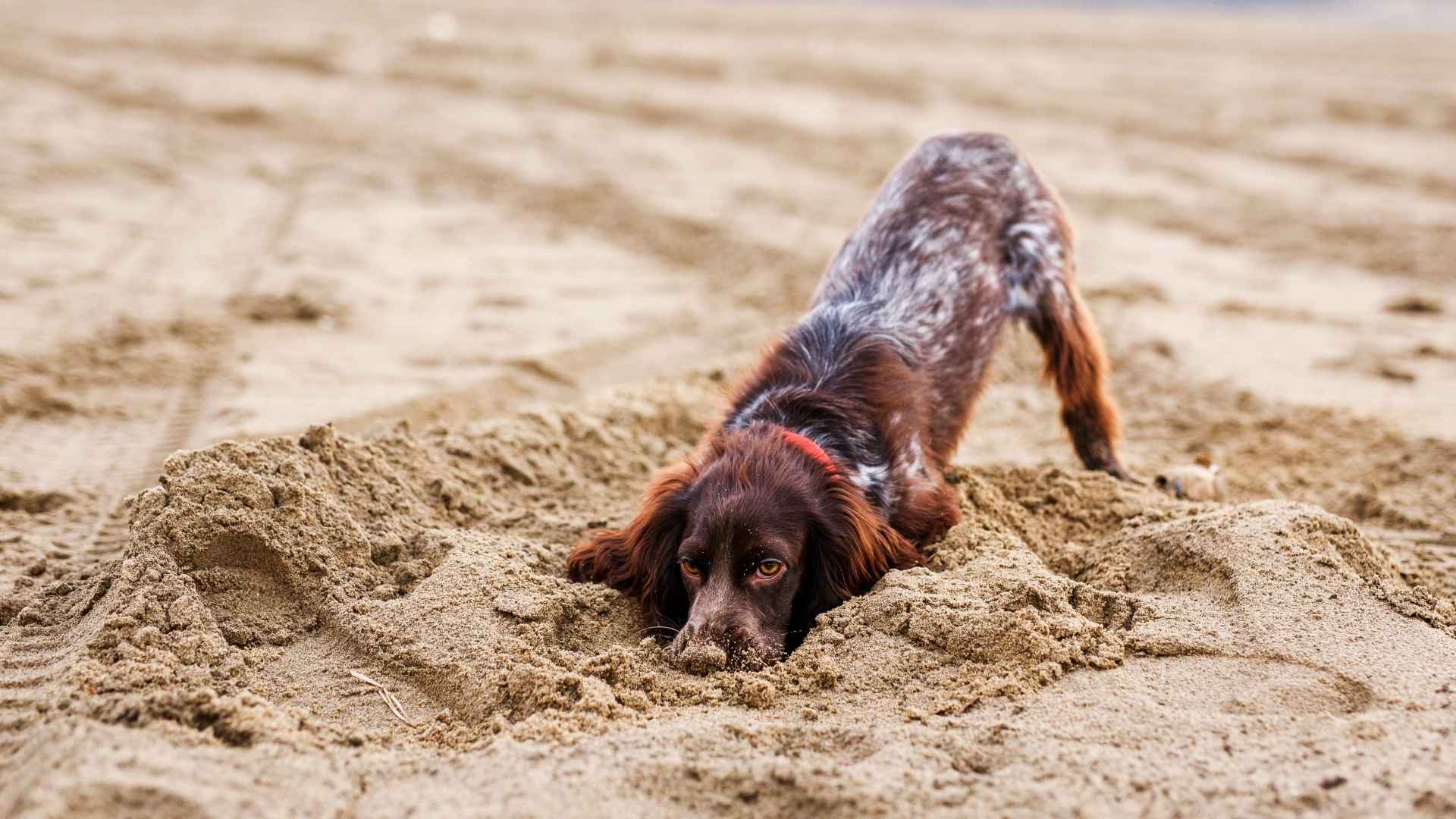Some dogs are natural escape artists, always finding a way to dig under fences, leap over barriers, or squeeze through the tiniest gaps. You know the struggle if you’ve ever come home to an empty yard and a guilty-looking pup waiting at the front door! Some dogs have a strong instinct for adventure, making containment a real challenge.
These dogs aren’t trying to be disobedient—they’re just wired for exploration, hunting, or high-energy play. Whether digging deep tunnels or climbing like acrobats, their determination knows no bounds. But don’t worry! You can keep these escape-loving pups happy and safe with the right training, secure fencing, and engaging activities.
In this guide, we’ll explore some of the most notorious digging and escaping breeds, why they have this behavior, and how you can manage it. Get ready to outsmart your four-legged Houdini!
Digging and Escaping Dog Breeds
1. Jack Russell Terrier

Jack Russell Terriers are small but incredibly determined dogs. Originally bred for fox hunting, they have a strong prey drive and endless energy. Their instincts make them natural diggers, always searching for something beneath the ground.

They won’t hesitate to dig under fences or even through soft flooring if they sense a critter nearby. Their persistence makes them some of the hardest dogs to contain.
This dog is also highly intelligent and independent. If a Jack Russell feels bored or unstimulated, it will find ways to entertain itself, often by escaping. They are excellent jumpers, climbers, and problem-solvers. Standard fences may not be enough to keep them inside, as they can easily scale barriers or squeeze through tiny gaps.
Jack Russells need constant physical and mental stimulation. Without it, they become destructive and restless. Daily exercise, agility training, and puzzle toys help keep them occupied. A tired Jack Russell is far less likely to dig or escape.
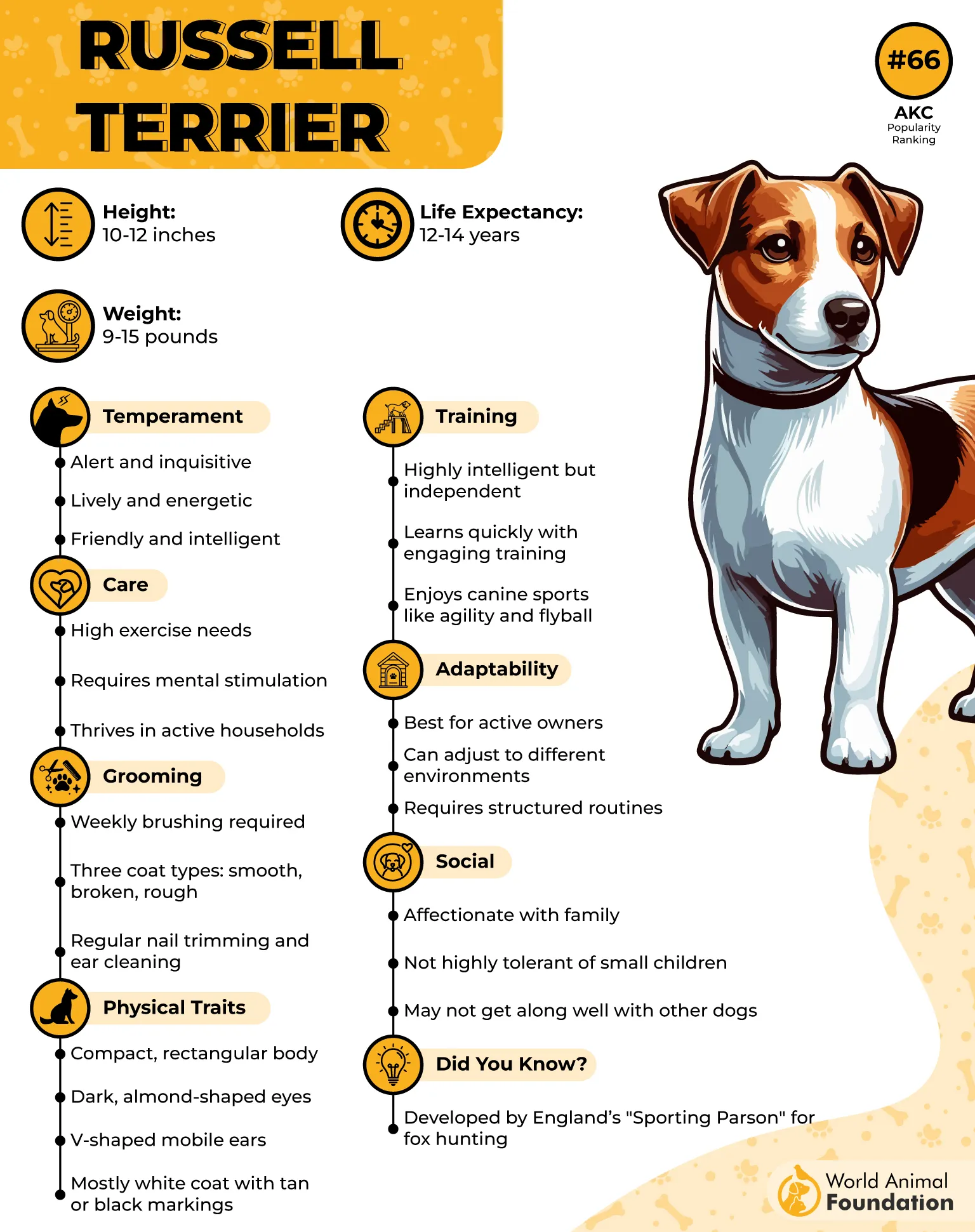
Proper fencing is crucial. A secure yard with deep-set barriers can help prevent digging. Electric fences or flimsy enclosures won’t work, as Jack Russells will find a way around them. Solid wood or metal fencing and underground deterrents can help keep them contained.
Owning a Jack Russell requires patience and dedication. They thrive in active households where they get plenty of exercise and attention. If you don’t prepare for their escape tendencies, they’ll always keep you on your toes—sometimes literally chasing them down the street!
2. Beagle

Beagles are expert escape artists with a nose that leads them straight to trouble. Originally bred for hunting, they have an incredible sense of smell and an instinct to follow scents wherever they go. If a Beagle picks up an interesting trail, it won’t think twice before digging under fences or squeezing through gaps to chase the scent.
Digging is second nature to Beagles. If they get bored or detect a small animal underground, they dig relentlessly to uncover the source. They are known for creating escape tunnels beneath fences, especially if they lack physical and mental stimulation. Their persistence means they won’t stop until they’ve found a way out.
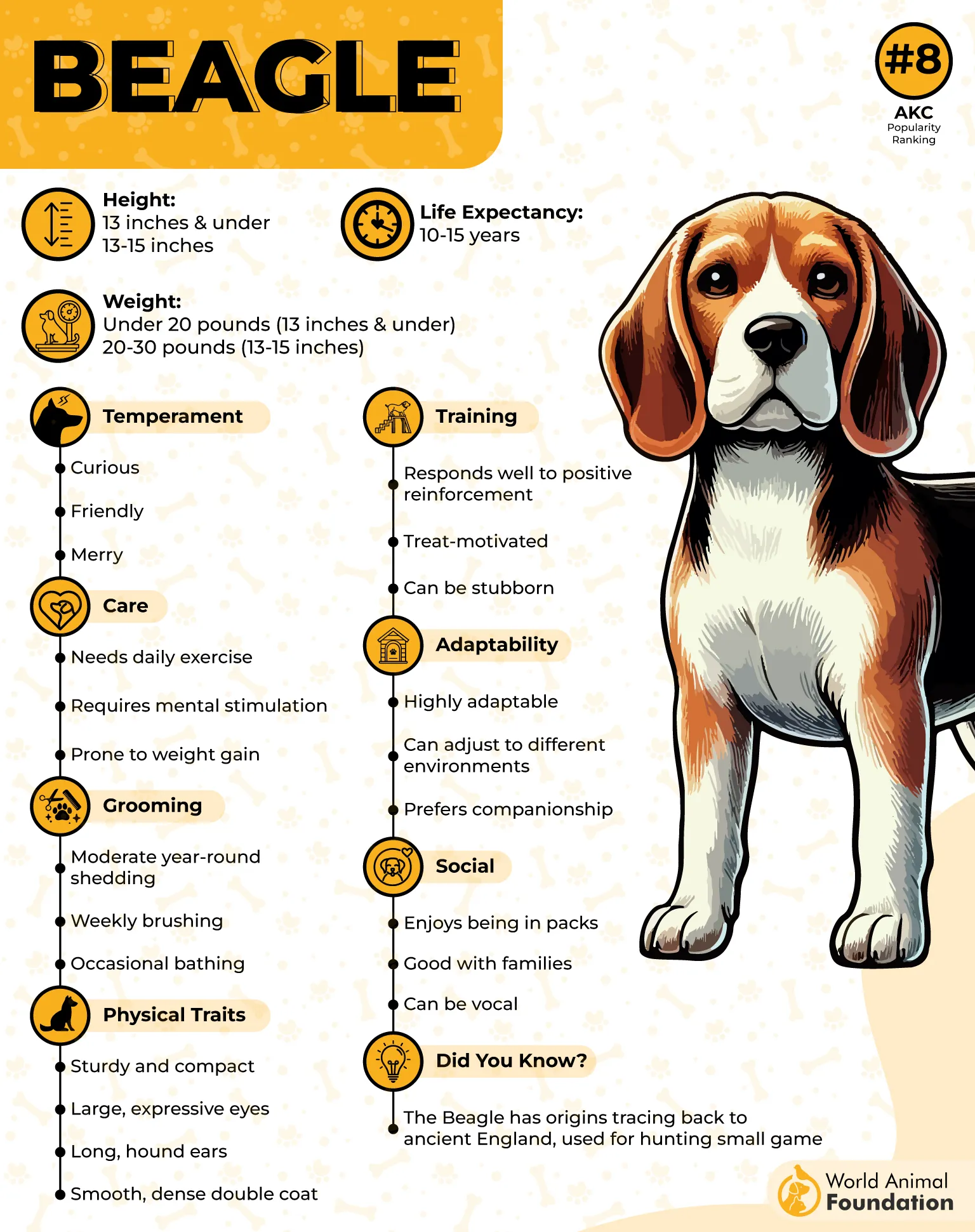
Fences alone may not be enough to keep a Beagle contained. They are skilled at finding weak spots, pushing through loose boards, or climbing low fences. To prevent escapes, owners need secure underground fencing, locked gates, and barriers.
Beagles require plenty of exercise and enrichment. Long walks, scent games, and interactive toys help satisfy their instincts. They become restless and are more likely to dig and escape without stimulation. Training with recall commands and leash walks in open areas can also help manage their wandering tendencies.
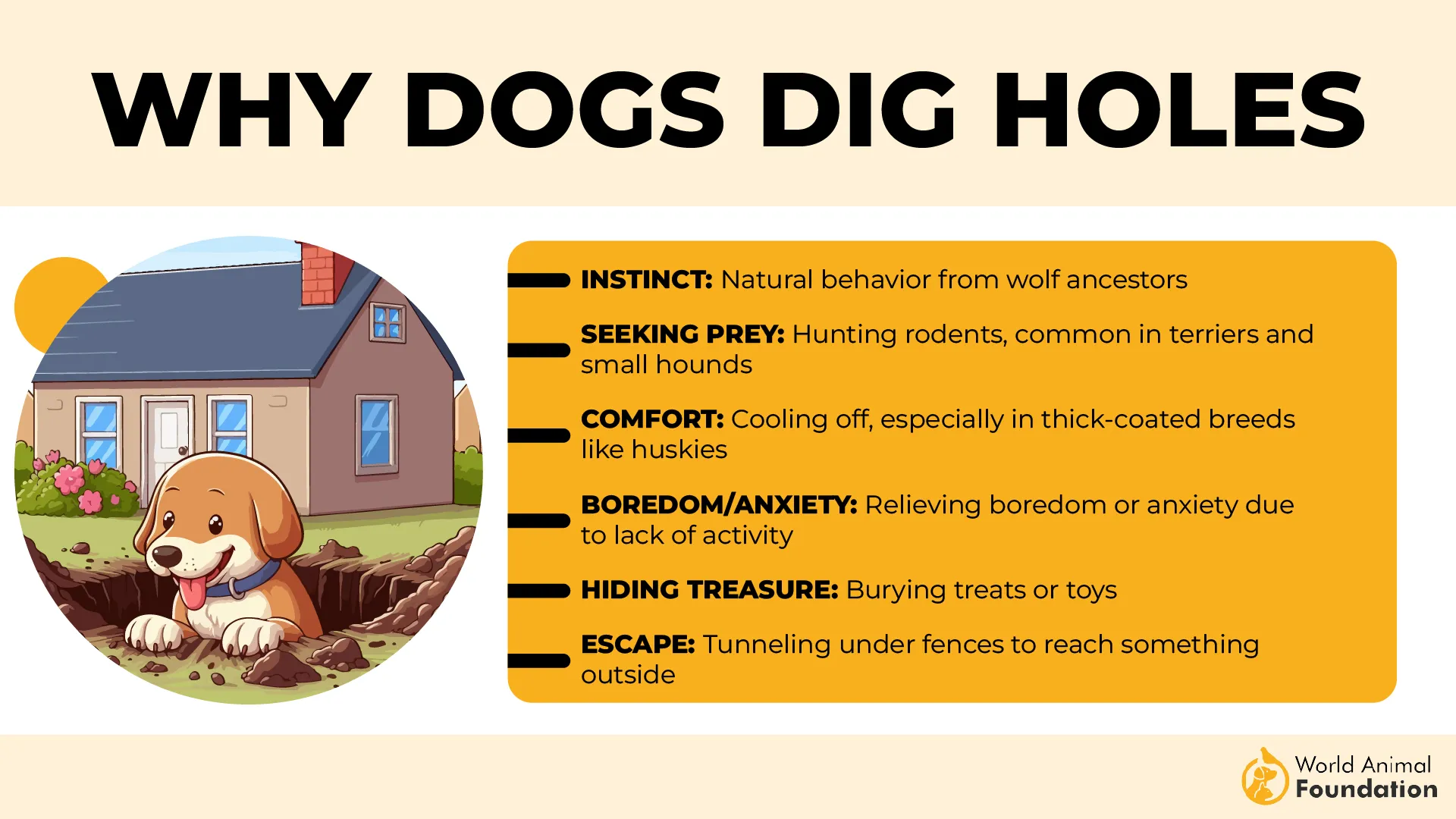
Owning a Beagle means being prepared for their escape-driven behavior. They need constant supervision in the yard and secure enclosures to prevent breakouts. With proper care, training, and containment strategies, these curious and adventurous dogs can be kept safe while still enjoying their natural instincts.
3. Cairn Terrier
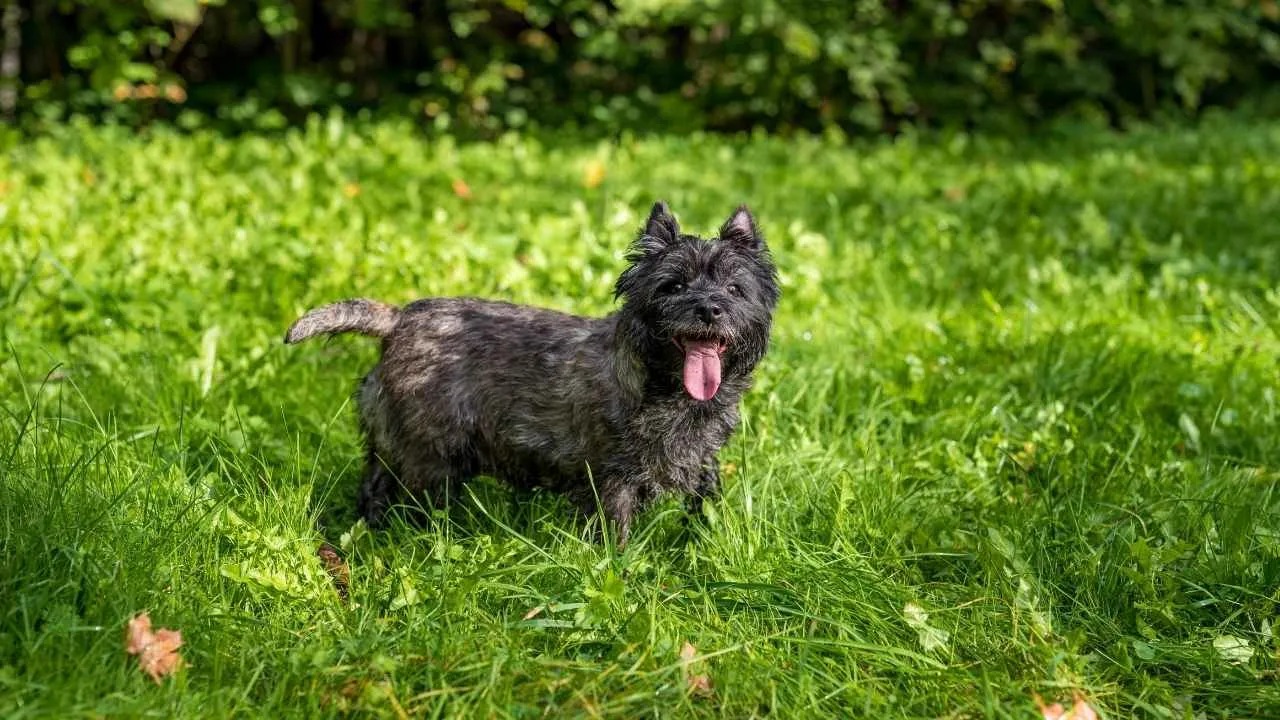
The Cairn Terrier is a small but determined breed with a strong instinct to dig and escape. Originally bred for hunting vermin, they have an unstoppable drive to track prey underground. If they sense something beneath the surface, they will dig relentlessly, often creating tunnels under fences or into flower beds. Their digging tendencies are among the strongest of all terriers.
This breed is highly independent and clever. Cairn Terriers are skilled escape artists, always looking for weak spots in a fence or yard. They can squeeze through small gaps, push open loose gates, and even dig their way out if given enough time. If owners don’t realize their escape potential early on, they may constantly search for their runaway pup.
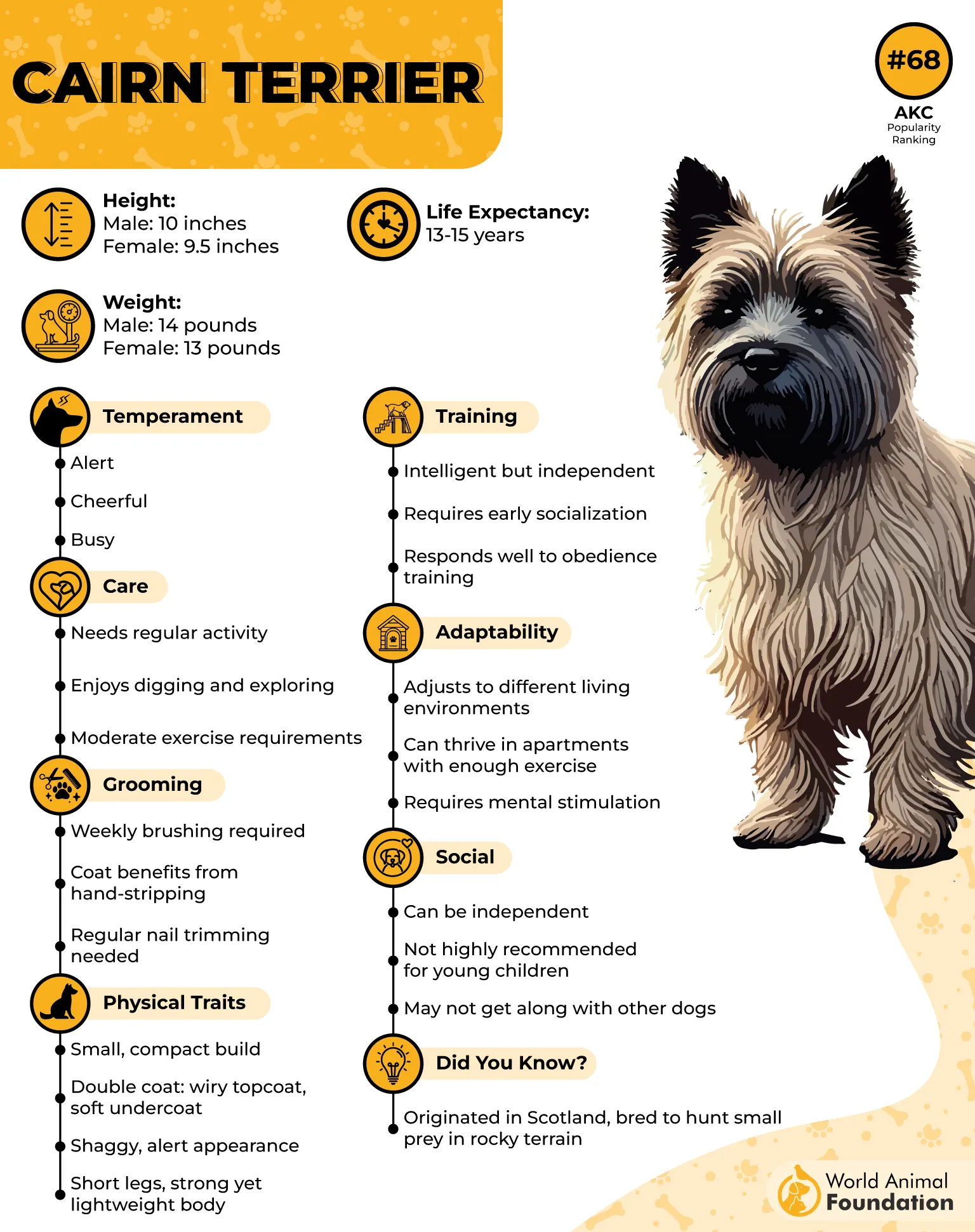
Cairn Terriers need secure fencing with underground reinforcements. A simple fence isn’t enough—owners must ensure barriers extend below ground to prevent tunneling. Supervision is crucial, as these determined dogs attempt to break free whenever possible.
Providing physical and mental exercise is key to reducing their escape behavior. Digging boxes, puzzle toys, and daily activities help engage their minds and bodies. They will turn their energy into more digging and escaping without these outlets.
Owning a Cairn Terrier means staying one step ahead of their instincts. While they may never fully outgrow their digging nature, they can find peace in a secure and engaging environment with proper containment and stimulation.
4. Dachshund

Dachshunds were bred in the first place to hunt burrowing animals, making them natural diggers. Their instinct to chase prey underground means they are prone to digging holes in the yard and tunneling under fences. If they spot an opening or smell something interesting, they dig relentlessly until they break free.
Despite their small size, Dachshunds have high energy levels and a strong will. They don’t give up easily and can squeeze through tight spaces or dig under barriers with surprising speed. Their stubborn nature means they will keep trying, even if previous efforts fail.
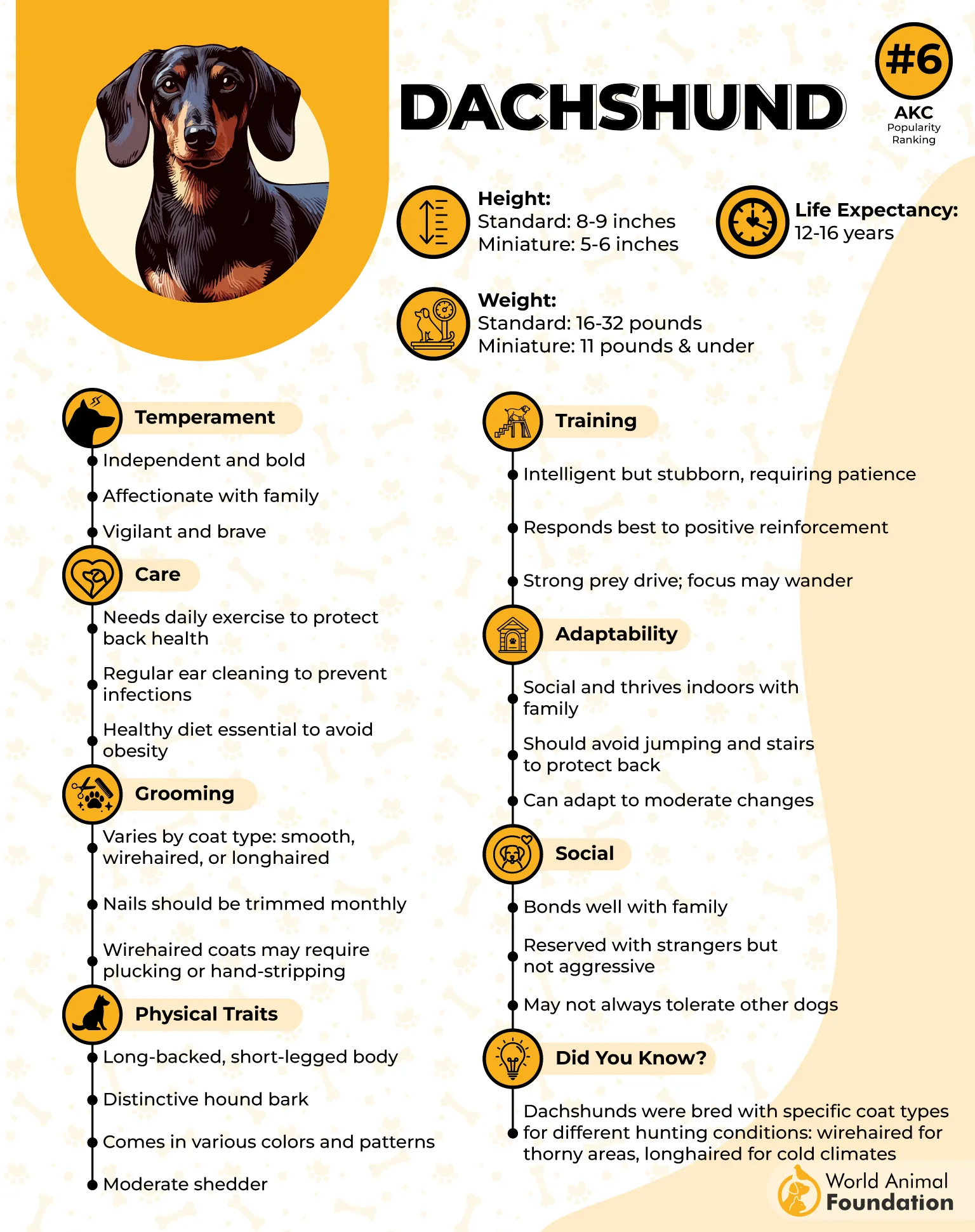
Britannica states that a Dachshund is a fearless and relentless digger. A secure yard is essential for keeping them safe. Fences must extend underground to prevent digging, and gates should be reinforced. They may also try to jump over low barriers, so proper height matters too. Without strong containment, they can get lost while following an exciting scent.

Boredom fuels their escape behavior. Regular physical and mental stimulation helps keep their minds occupied. Digging boxes, playing interactive games, and taking long walks are great ways to prevent them from seeking adventure elsewhere.
Training with treats and positive reinforcement can help manage their instincts. They are social dogs who love making friends, so keeping them engaged with activities and companionship ensures they stay safe and happy at home.
5. West Highland White Terrier

The West Highland White Terrier, or Westie, is a fearless and energetic breed with an instinct for digging. Originally bred to hunt small prey, they have an unstoppable drive to burrow into the ground. If given the chance, they will dig under fences, in the garden, or inside the house near doors or furniture. Their strong prey drive makes them determined to tunnel their way to freedom.
Westies are clever and independent, which makes them prone to escaping. If they find a weak spot in a fence or a small opening, their curiosity will push them to explore beyond boundaries. They are not the type to stay put if something interesting catches their attention. No matter how small the gap, they will find a way out without proper containment.
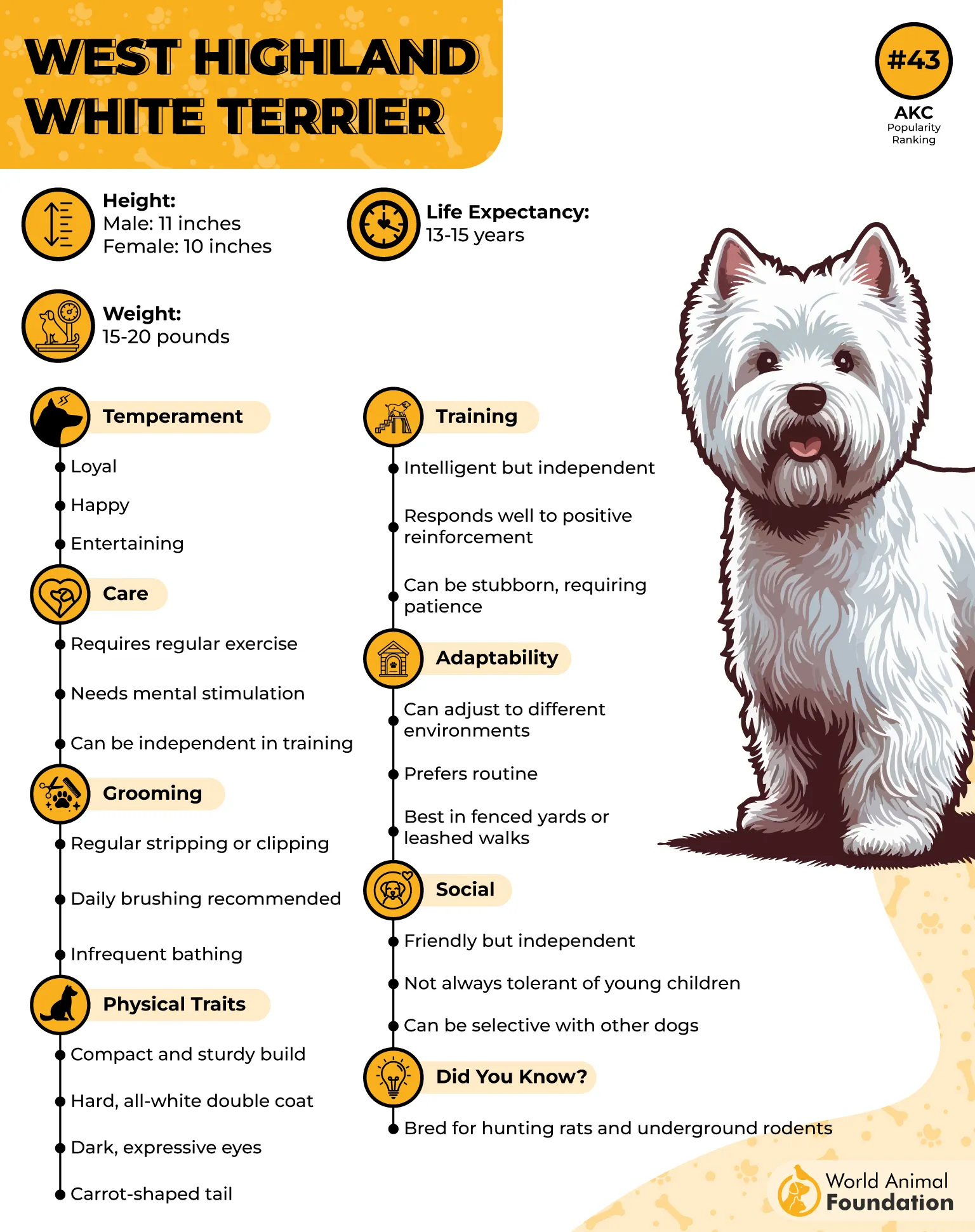
A secure yard with deep-set barriers is necessary to prevent escape. Standard fencing might be insufficient as Westies can squeeze through tight spaces or dig their way under. Owners must be vigilant to ensure their yard is escape-proof, as a Westie can be difficult to catch once outside.
Westies can turn to destructive behaviors without enough stimulation, like chewing and excessive digging. Regular physical and mental exercise is crucial to keep them occupied and reduce their urge to escape. Playtime, puzzle toys, and digging boxes can help positively redirect their energy.
Westies may be small, but they need firm training and supervision. Their bond with humans is strong, so keeping them engaged with social interaction and activities will help prevent escape attempts. With the right care and containment, these determined diggers can enjoy their adventurous spirit while staying safe at home.
6. Wire Fox Terrier

The Wire Fox Terrier is one of the most determined and intelligent dogs. Bred for hunting foxes, they have a strong hunting instinct that drives them to chase, dig, and explore. If they catch a scent or see something move, they won’t hesitate to burrow under fences or find an escape route to pursue their target.
AKC states that their slim bodies make it easy to squeeze through small gaps, and their agility allows them to climb fences easily. Without the right containment, they will find a way out. Wire Fox Terriers use sight and speed to track prey, making them even more determined escape artists.

Keeping them contained requires extra precautions. They need tall, secure fences with underground reinforcements to prevent tunneling. Owners of intact dogs should be especially cautious, as these terriers may have an even stronger urge to roam and escape. A loose Wire Fox Terrier can be difficult to catch, as they are fast, clever, and always on the move.
Without enough exercise, their energy turns into restless behavior, leading to more digging and escape attempts. Regular walks, agility training, and interactive play are essential to keep them engaged. If they get bored, they will dig their way out to find excitement elsewhere.
Owning a Wire Fox Terrier means staying one step ahead of their escape tactics. Proper fencing, supervision, and consistent mental and physical stimulation allow them to enjoy their natural instincts without constantly trying to break free.
7. Siberian Husky
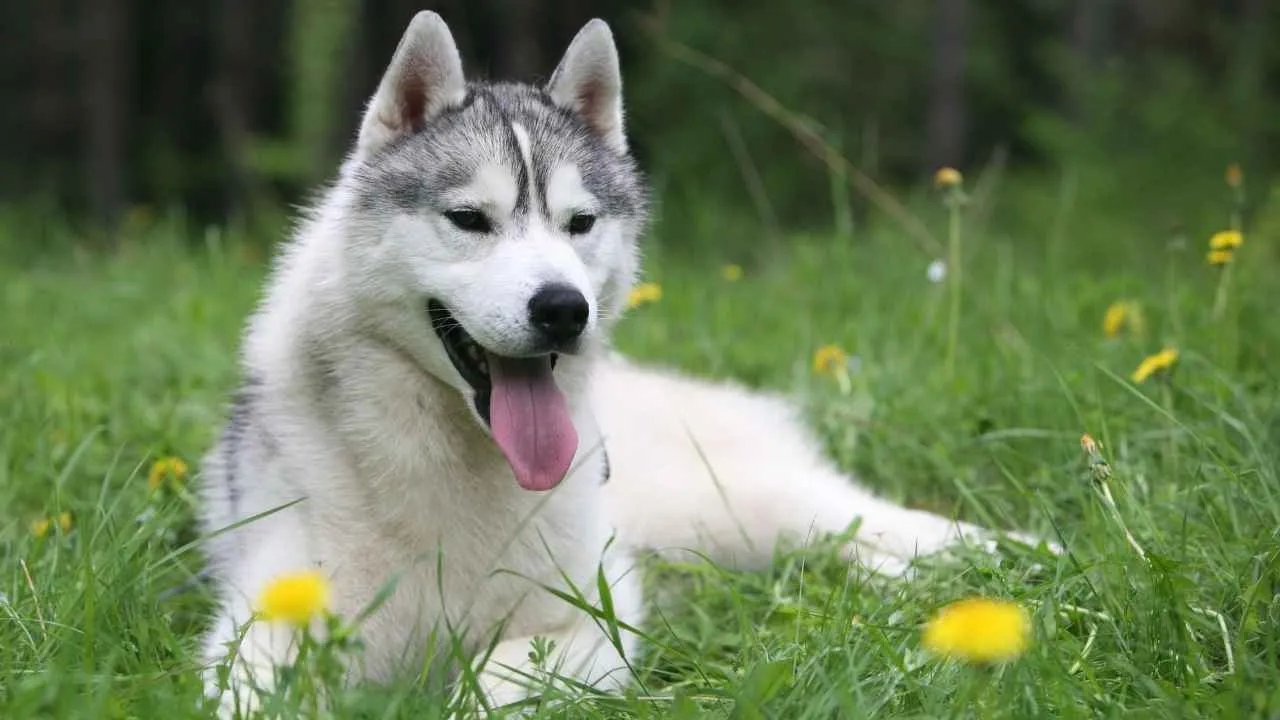
The Siberian Husky is the ultimate escape artist, known for its love of adventure and escape tactics. Originally bred to pull sleds, they are strong, fast, and always ready to explore. Huskies don’t always need to stay close to home—if given the chance, they will wander far in search of excitement.
PetMD states that their intelligence and curiosity make them skilled at escaping. They can dig under fences, climb over barriers, and even open gates if they aren’t securely locked. If left unsupervised, a Husky will find a way out by tunneling, squeezing through gaps, or running off at full speed.
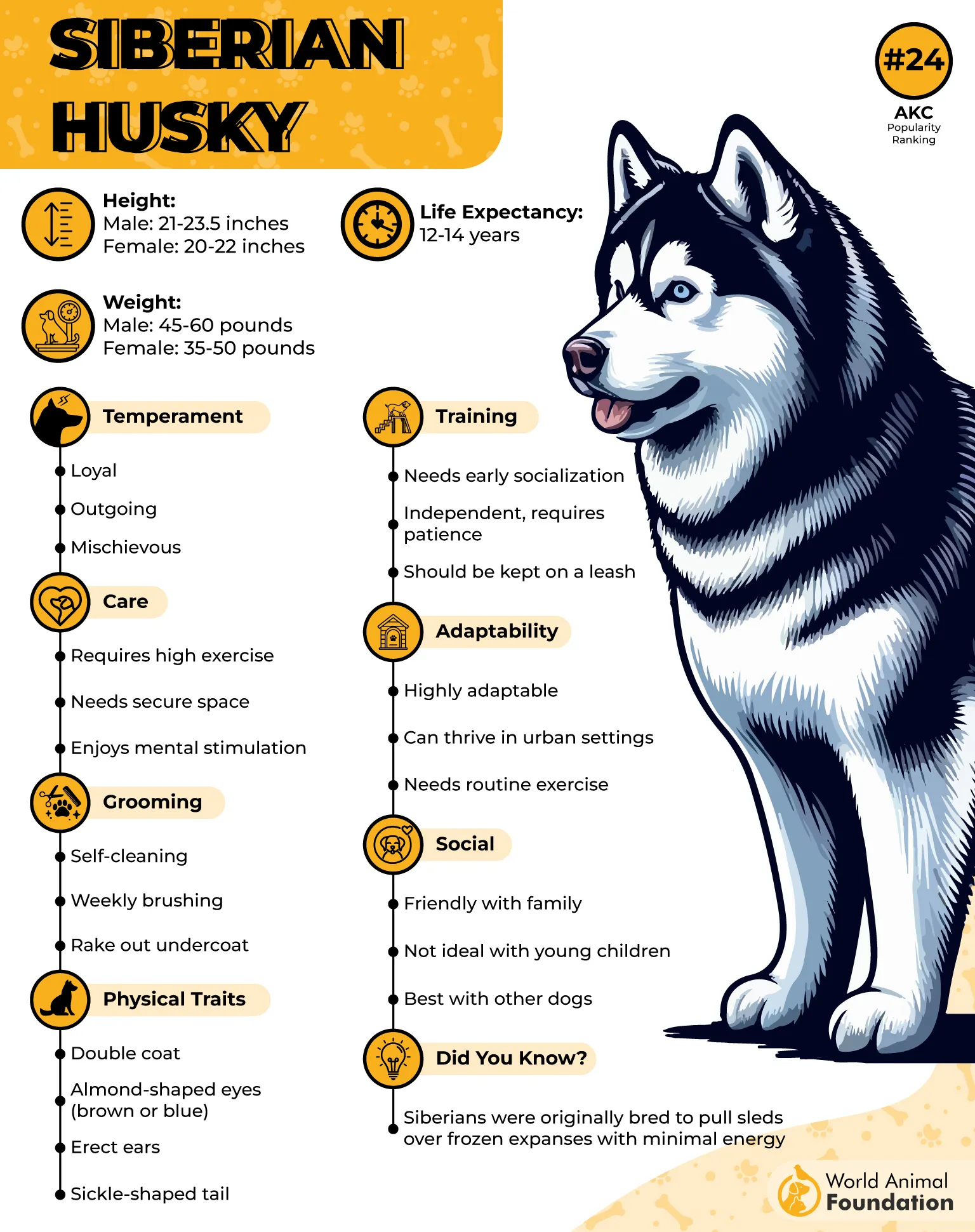
Huskies are also easily distracted, especially by movement, scents, or sounds. Even the best-trained Husky may ignore commands if something more interesting catches their attention. This makes recall training challenging and containment even more crucial.
To prevent escapes, Huskies need high, secure fencing with underground reinforcements. They also require plenty of physical activity to engage their minds and bodies. Without fun and exercise, they become restless and more likely to attempt an escape.
Owning a Siberian Husky means constant supervision and proper containment. With the right balance of exercise, mental stimulation, and secure fencing, their adventurous spirit can be managed while keeping them safe.
Conclusion
Digging and escaping tendencies are common in certain breeds, particularly among scent hounds. These dogs, known for their keen sense of smell, often dig in an attempt to follow scents or escape to explore new environments.
While many dogs may exhibit these behaviors occasionally, scent hounds, like Bloodhounds and Beagles, are especially predisposed due to their strong tracking instincts.
Understanding the root causes behind these behaviors—the drive to hunt, seek comfort, or explore—can help owners manage and redirect them appropriately, ensuring a balanced and happy life for their furry companions.


